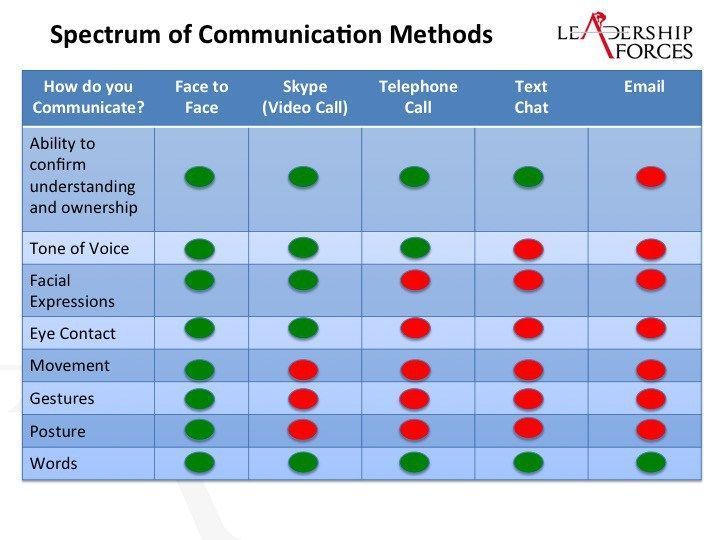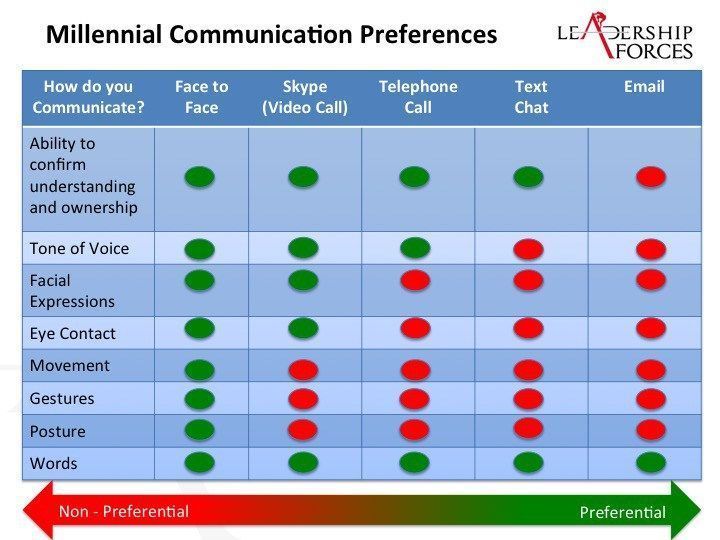Have you ever responded negatively to a text or a written message?
I have.
Nine times out of ten I’m able to stop myself from responding.
But then there is that odd time where I do respond. I ‘flash’ and although it feels good for about ten seconds I almost always regret it.
Why do we do this?
Professor Steve Peters explained why we do this in ‘The Chimp Paradox’ where he explained about the three parts of the brain.
The Chimp – which is strong but impulsive. It is the primal part of the brain that has kept your ancestors alive. It controls the response to threat (fight, flight, freeze) and ensures that you eat when you can (feed) as well reproduce (fornicate). It’s sometimes referred to as the reptilian brain and it is the reason you are here. It kept your ancestors alive.
The Human – is the logical part of the brain that has developed through interaction with other people. It controls logic, thought and reasoning. It is the part of the brain we use when we don’t detect any threats, when we are calm and relaxed.
The Computer – controls our ‘autopilots’. This is the part of the brain that runs in the background. Think about the automatic decisions that we make without really thinking, these are the ones stored in the computer. When you get into your car and drive, you have the mental capacity to have a conversation and think about other things because your computer is ‘driving’.
If you are interested in this, I recommend you read the book. It will help you understand why we do what we do and will build on my brief explanation.
This is nothing new – it is just how we are wired.
We have been like this for thousands of years and we aren’t likely to change anytime soon.
What’s interesting is that if you take the Chimp Paradox and overlay it with some generational trends – you can start to see the challenges that will face future leaders.
Communication Preferences
This article focuses on communication – or more specifically miscommunication.
Future leaders will need to understand this concept because the next generation, the millennials, have a preference for the weakest method of communication.
I’ve used the Spectrum of Communication Methods Table (below) to explain the importance of face-to-face communication. It sounds like common sense and it is – but common sense and common practice are rarely the same.

We know that most of our communication is non-verbal. The tone of our voice, our body language, the expressions on our face all count for more than the words the come out of our mouths.
What the table does is take something you do automatically and cause you to stop, reflect and make a deliberate choice about which method best suits the message.
For example, if the message is really important or it’s complicated, can you afford to relay it via email? What are the chances of it being misunderstood, no matter how well you write.
Millennial Preferences
Consider the millennial generation, of which I am one… just.
They have a preference to communicate via text.
I appreciate that this is a broad statement about an entire generation but I think it’s fair.
Social media, specifically twitter and whatsapp have either ridden this wave or accelerated the change. It doesn’t matter which – the point is that they’re used widely.
The challenge will be that over the next ten years, more and more people will be joining the workplace with a preference for communication by text.

This creates two significant problems.
When sending a message by text, you create greater chances for misinterpretation.
Why? Because when sending a text or an email, it is impossible to confirm that someone understands the message that is being relayed. You lose the opportunity to look into their eyes and see whether or not it is ‘landing with them’.
This real time feedback allows you the flexibility to change the way you’re relaying the message or confirm that the message is being understood.
It allows you to put out a fire before it spreads.
If you say something to someone and you see that it has been misinterpreted, you can immediately address and fix that issue. You can’t do that when communicating by text.
People have a tendency to respond negatively to ambiguous communication.
Have you ever received a short, direct email and taken it to mean that person doesn’t care?
What if they’re just really busy? What if they get 100+ messages per day and the only way they can get through them is by responding to emails as if they were text messages.
Have you ever sent a text that you thought was funny and received a reaction that clearly indicates it wasn’t! Then you’ll have experienced this.
Communication by text, in any form, increases the risk of messages being misunderstood.
Deep relationships and tribes
The second problem is that we are naturally tribal animals. We like clubbing together and being in groups. It explains why people buy season tickets to football matches; it explains why some kids join gangs and others join clubs. We all have the need to belong to something and we will seek to fulfil that need.
Why?
Because in the caveman era, isolation meant death. Our ancestors learnt that by grouping together in tribes, they’d have greater chances of survival. The chimp part of the brain will seek to make connections.
This need plays out in the modern world in many ways. It is one the primary reasons people join the military, because they want to be part of a powerful and prestigious tribe.
Deep relationships are fostered within tribes.
I define deep relationships as the ones that are valuable, the ones that are important to us. They primarily develop with people we spend time with. Think about your family and close friends, the people you spend the most time with. These are your deep relationships because you have them with people who know you best.
A preference to communicate by text limits the depth of the relationship.
The Challenge for Future Leaders
In business, if you’re a sales manager and your team never get out of the office and meet people, what impact is that likely to have on sales?
Sales is a relationship based business.
People buy from people that they trust. If they don’t know you or don’t trust you, the chances of someone buying something from you are low. Trust is built faster face-to-face.
Deep relationships are important in business and in personal lives.
If people know you, like you and value what you do they are more likely to recommend you to others. They are more likely to interact and to want to buy things from you.
The challenge for future leaders is that they will have to help the millennial generation understand this.
They will have to help their people understand where their communication preference lies and help them to chose the right medium to relay the message.
Note that I have used the word preference.
None of this is absolute. Millennials might have a preference but that doesn’t mean they can’t be taught to choose a better method. This is what proactive leaders do.
Complaining about technology or people’s over reliance on email is a waste of time. Coach people, explain to them why they need to think carefully about the method they chose.
The Theory in Practice
When I was a Second in Command of Kilo Company, my role included planning the training for 120 Royal Marines.
If I wanted someone to help me with something, for example arranging vehicles or ordering ammunition, I would go and speak to them face-to-face first. That way I could ensure that they fully understood what I wanted. I could be completely clear that they’ve understood the message by giving them the opportunity to ask questions.
Only then, would I follow up with an email detailing the request. Email is a helpful back-up. It is not the primary nor should it be the only way someone communicates.
I appreciate that in larger organisations, this might not be easy but you have to do what you can. If you can’t meet face-to-face, pick up the phone. Work from left to right using the table leaving text or email as a last resort.
The millennial preference towards text communication is going to create challenges in the future.
The best leaders will understand this and coach their people to understand the importance of face-to-face communication. They will help them to understand where their preference lies and to chose a method that suits their message.
Communicating with clarity is a key leadership skill. Building strong relationships is also a key leadership skill. These are Principles of Leadership, numbers seven and eight on the home page.
The great leaders of the future will be able to adapt themselves to this ‘millennial preference’ whilst at the same time leading by example and demonstrating that they understand these principles themselves.
The Business Transformation Network has posted this article in partnership with the Leadership Forces blog: http://www.leadershipforces.com/ready-future-leadership-challenge/





